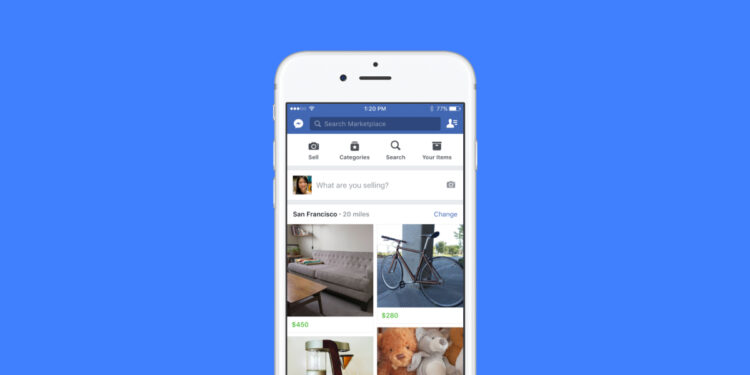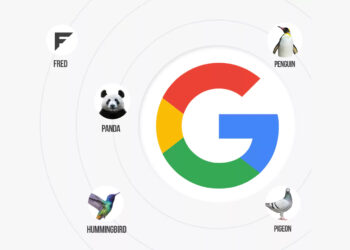Facebook Marketplace is Meta’s built-in buy-and-sell platform, used by more than one billion people each month. Since its launch in 2016, it has become a dominant peer-to-peer marketplace where individuals trade furniture, cars, electronics, and clothing, while businesses use it to reach local audiences at scale.
How Facebook Marketplace Works
Marketplace is integrated into the Facebook app and website. Users can browse by category, keyword, or location, then message sellers directly through Messenger to arrange payment and delivery. Facebook does not handle transactions, which means payments, refunds, and disputes are managed between buyers and sellers.
Key Features in 2025
- Massive reach: More than one billion monthly users globally, with strong adoption in MENA, the US, and Europe.
- Easy listings: Upload photos, add details, and publish directly from mobile or desktop.
- Messenger integration: Chat securely without exchanging phone numbers.
- Business tools: Commerce Manager, boosted listings, and Facebook Ads integration.
- Local-first browsing: Nearby listings appear by default for convenience.
How to List Your First Item
- Open the Facebook app and tap the Marketplace icon.
- Click “Create New Listing.”
- Upload clear photos of your item.
- Add a short title, description, price, and location.
- Publish and respond quickly to incoming messages.
Tips for Selling Successfully
- Use natural light and multiple angles for product photos.
- Check local listings for price benchmarks.
- Respond quickly — active sellers rank higher in search results.
- Bundle related items (e.g., furniture sets) to attract faster sales.
- Share listings to relevant Facebook Groups for extra reach.
Who Can Use Facebook Marketplace?
Anyone aged 18+ with a Facebook account can access Marketplace. It is now available in most countries, including Egypt, Saudi Arabia, the UAE, the US, and across Europe. Businesses can also connect their stores through Commerce Manager and cross-list products with Instagram Shops.
Does it cost money to sell?
Listing is free for individuals. Businesses enabling checkout through Facebook or Instagram may pay a small transaction fee, but peer-to-peer local deals remain free.
Is Facebook Marketplace safe?
Facebook advises meeting in public, using secure payment methods, and reporting suspicious accounts. Unlike eBay, Facebook does not guarantee refunds. The U.S. Federal Trade Commission reported thousands of Marketplace-related fraud cases in 2024, reinforcing the need for caution.
Facebook Marketplace vs. Competitors
While Amazon and eBay dominate shipping-focused sales, Marketplace is unmatched for hyperlocal trading. Craigslist has declined, and Gumtree remains regional, but Marketplace combines global reach with community-level visibility. Its integration with social profiles also gives it an advantage in trust and discoverability.
Why it’s popular in MENA
In Egypt, Marketplace has overtaken OLX for used furniture and electronics. In Saudi Arabia, cars dominate listings, with younger buyers preferring Facebook over Haraj. In the UAE, it has become a fast-growing option for both individuals and small businesses.
How Businesses Can Boost Sales
- Upload a full catalog through Commerce Manager for easier bulk listings.
- Run Facebook Ads to promote high-value items.
- Use Messenger automation to answer FAQs and capture leads faster.
- Cross-list on Instagram Shops for broader exposure.
The Future of Facebook Marketplace
Meta is expanding Marketplace with AI-driven price recommendations, fraud detection systems, and deeper integration with Meta Pay. Cross-platform selling with Instagram Shops is also accelerating in 2025. As social commerce grows toward $1.2 trillion globally by 2027, Marketplace remains one of Meta’s most valuable yet underrated assets.
For individuals, it is a free way to declutter and earn. For businesses, it is an entry point into social commerce — tapping into Facebook’s global audience with minimal upfront costs.





